No knead sourdough Gasta bread
High hydration no knead sourdough bread, inspired by Tartine Bread recipe but adjusted to the London weather and the flour I can find.
Ingredients
300g strong white flour (13g protein or above)
240g warm water (26 degrees)
100g sourdough starter (50% hydration, room temperature)
8g salt
1 tsp liquid malt / honey
The sourdough starter should be strong and happy. How do you tell it is? Well, you must have fed it at least the day before. If you start this recipe in the morning, you should feed the starter the night before.
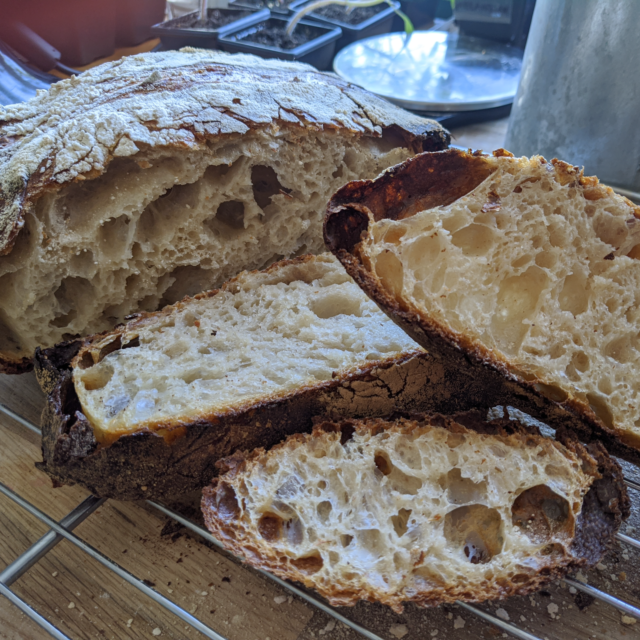
Prepare the ingredients.
The water should be at 26 degrees. If the water is too cold, the dough will take more time to rise.
Pour the water in a bowl, with the starter and the malt (or the honey).
Squeeze the starter between your hands and stir it a bit.
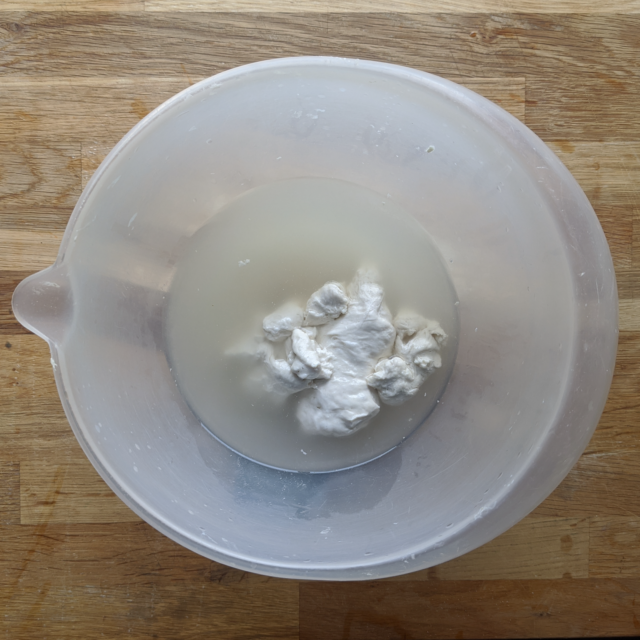
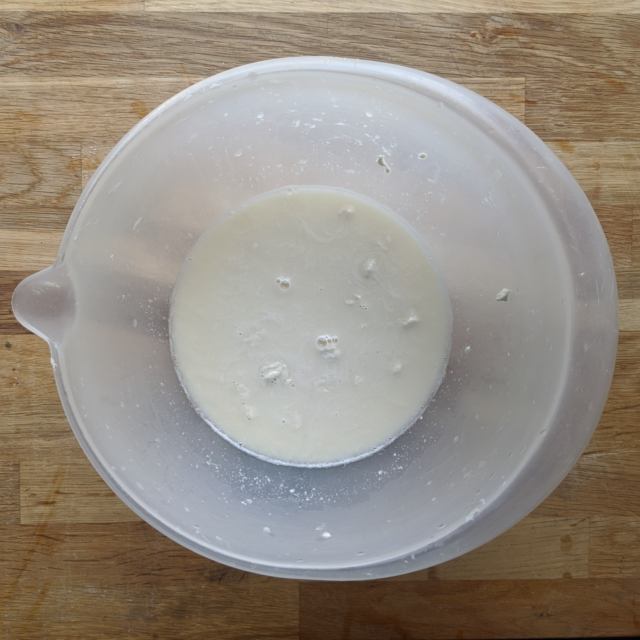
Add the flour.
Mix it roughly till all the flour absorbs the water and it doesn’t have any lumps.
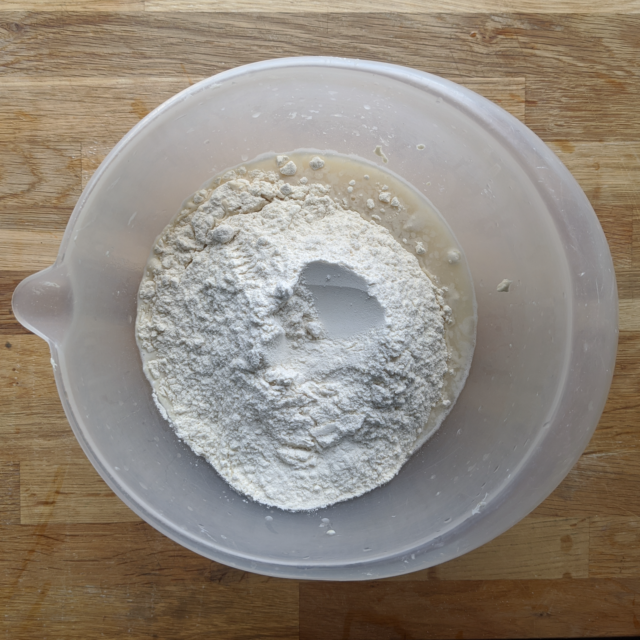
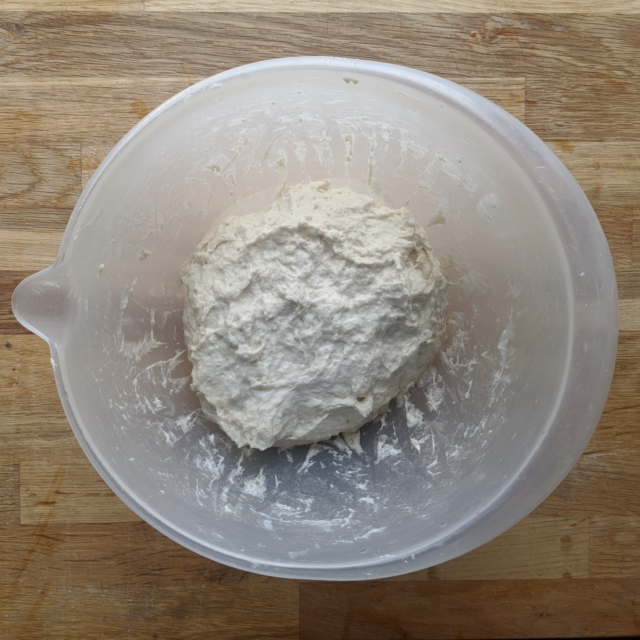
Cover it.
Wait 20 / 40 minutes or even more if you wish.
This is a crucial step and it shouldn’t be skipped!
I put on top of the cover the salt, so I don’t forget to add it when the autolysis is done.
After the autolysis, add the salt and fold the dough with your hands. Do it for about 5 minutes.
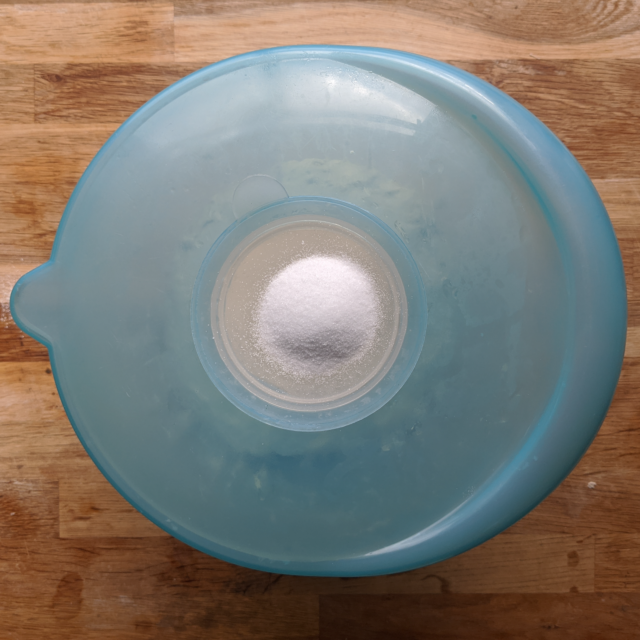
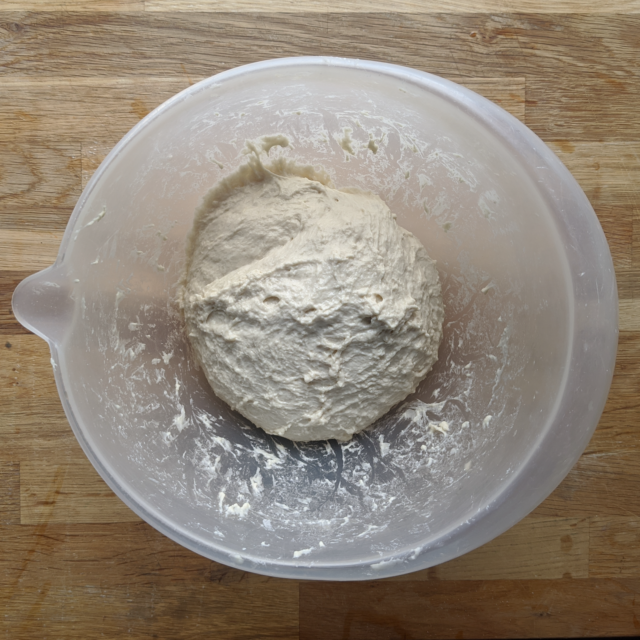
I normally do the folds in the bowl. I stretch the dough as much as I can, rotate the bowl a bit and fold the dough back on itself.
If the dough is very wet (or if I need to relax) I do some stretch & fold.
You take the dough, lift it, stretch it, slap it and rotate it 90 degrees.
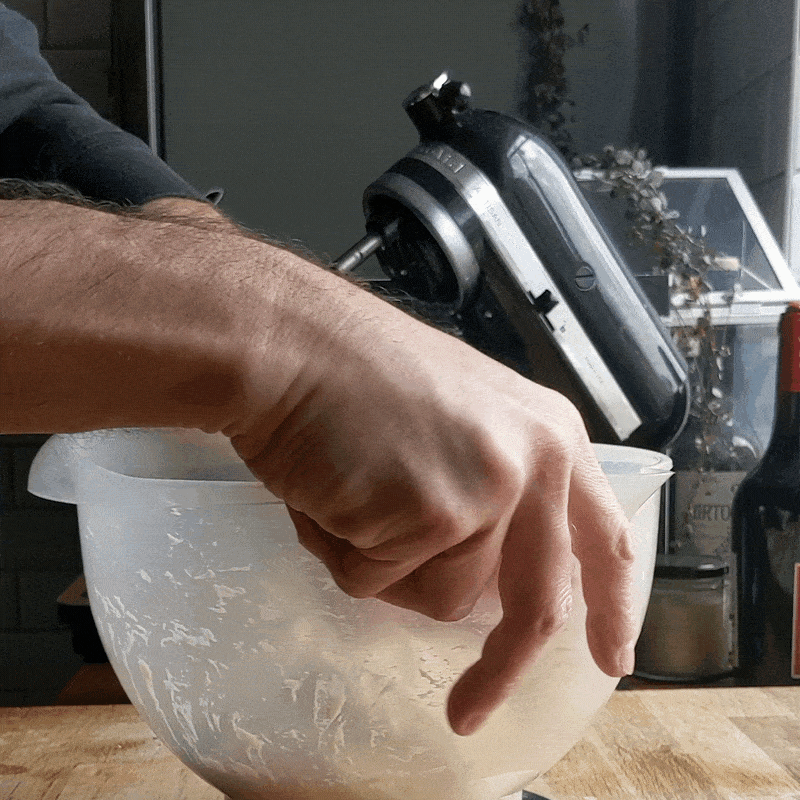
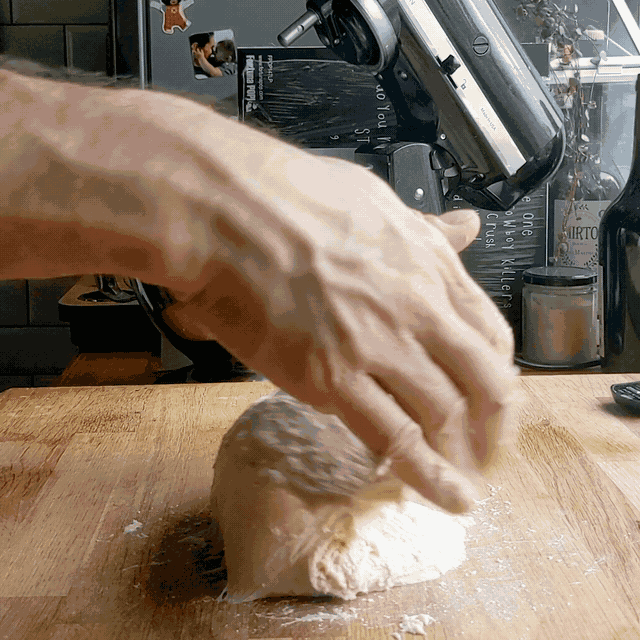
Every 30 minutes, for 6 times, you need to fold the dough in the bowl. You’ll see that the bowl will become more and more smooth, elastic and less wet.
The more you fold the bowl, the more you wait, the dough will also rise.
You should be careful with the precious bubbles you’ve created.
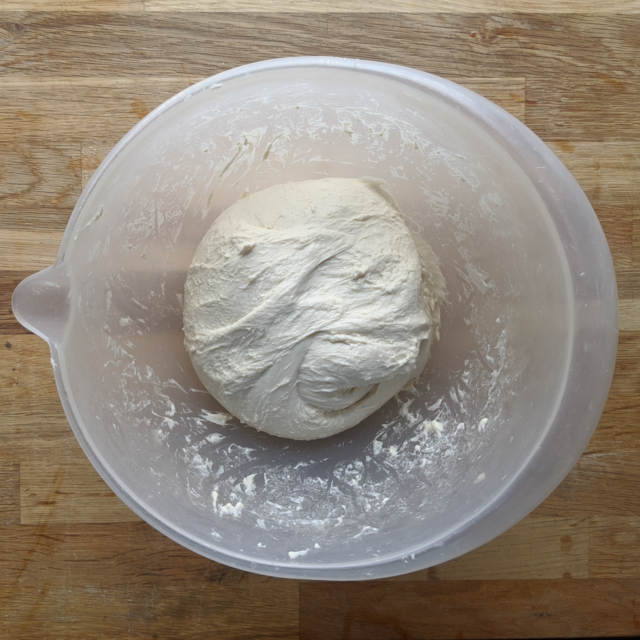
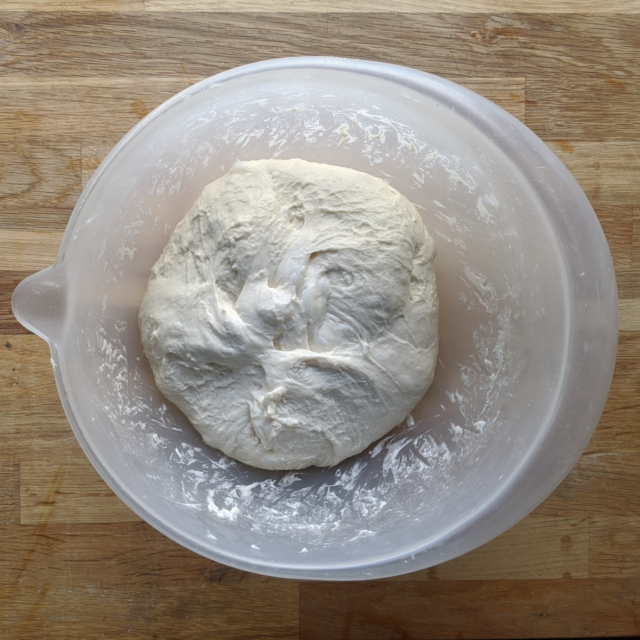
After the last fold, sprinkle a tiny bit of flour onto a smooth surface (ideally not wooden) and put the dough onto it. Fold the dough 4 times onto itself (from top to bottom, from left to right, from bottom to top and from right to left).
Turn it upside down, so that the smooth side rests on top.
Let the dough rest for 30 minutes.
Give another series of 4 folds and shape the dough into a ball, stretching it onto the surface.
Being a high hydration dough, it’s not very easy but you’ll get used to it.
Put a good amount of flour on the dough and put the dough into a banneton or into a colander with a towel in it.
Let it rise for 3 to 4 hours. This is called bulk fermentation.
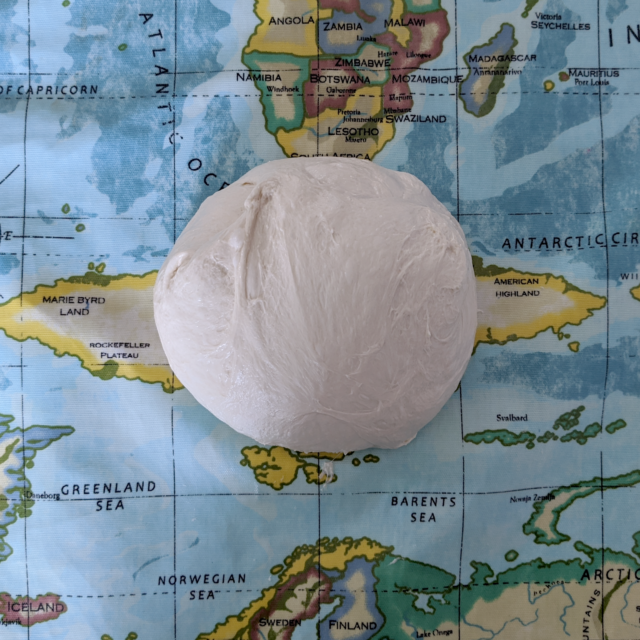
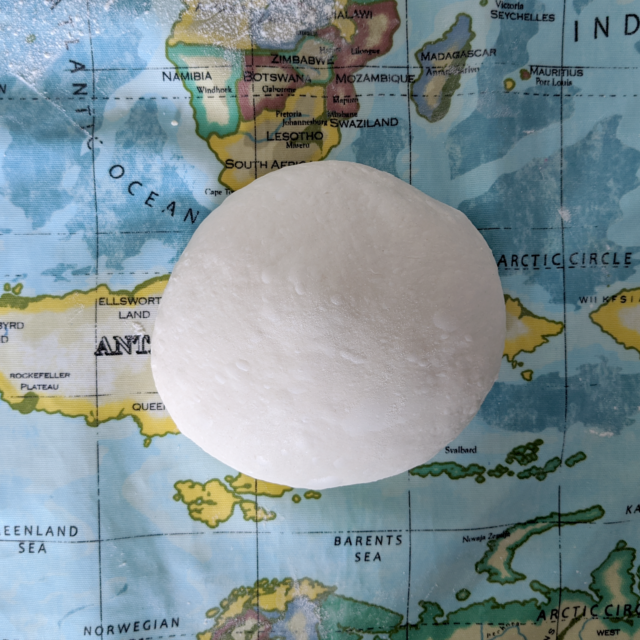
Put a good amount of flour on the dough and put the dough into a banneton or into a colander with a towel in it.
Let it rise for 3 to 4 hours. This is called bulk fermentation.
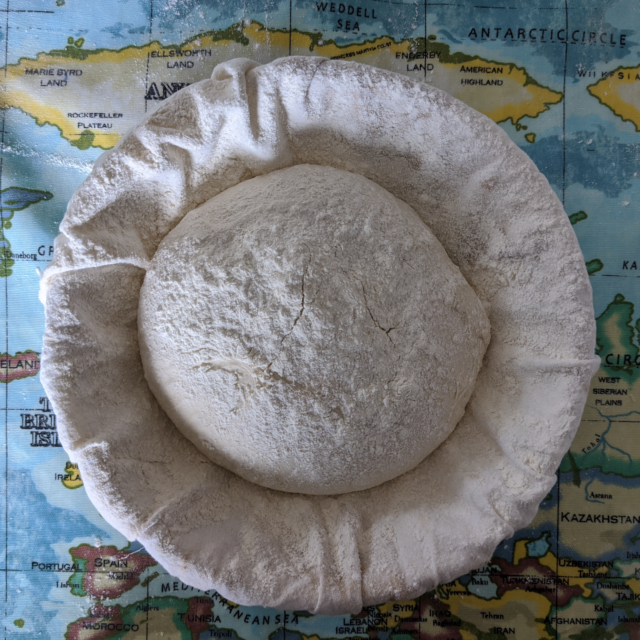
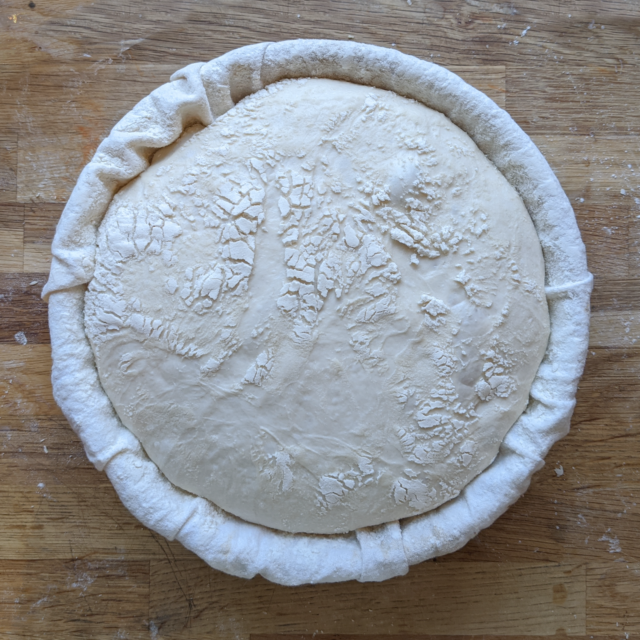
After the 4 hours, the dough will have doubled its size.
Put a pan with some water into the oven and warm it up to 220 degrees.
Score the dough with a knife or a shaving blade.
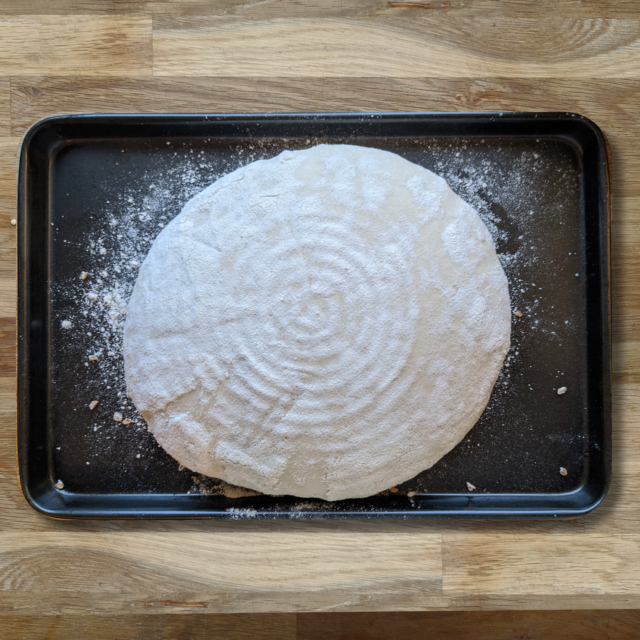
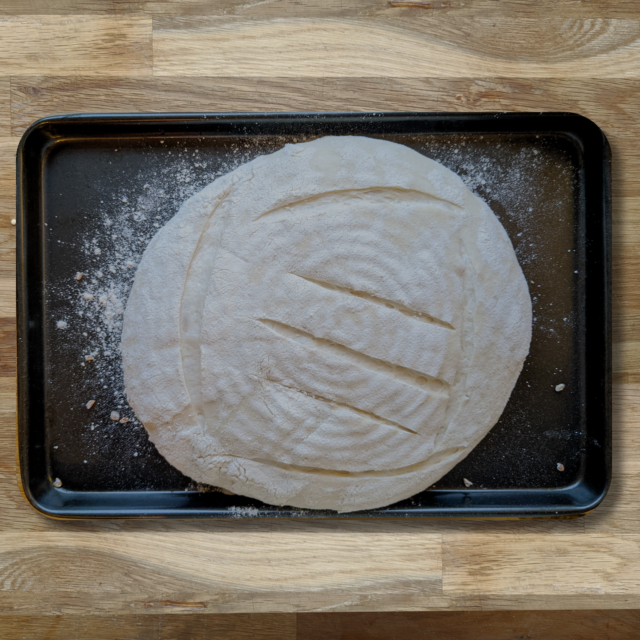
Bake the bread for 20 minutes, static, 220, with the pan with the water in it.
Don’t worry if the dough seems to relax too much, you’ll be surprised by its bounce rise in the oven.
Remove the pan with the water, bake for further 20 / 30 minutes at 220 degrees, static.
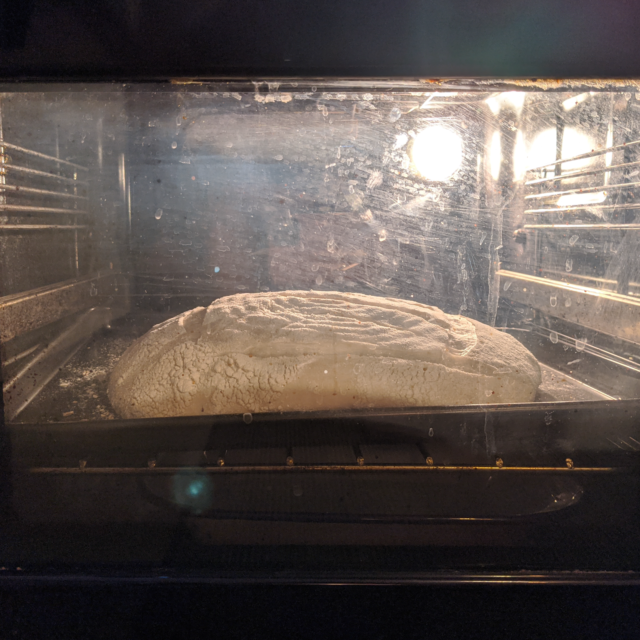
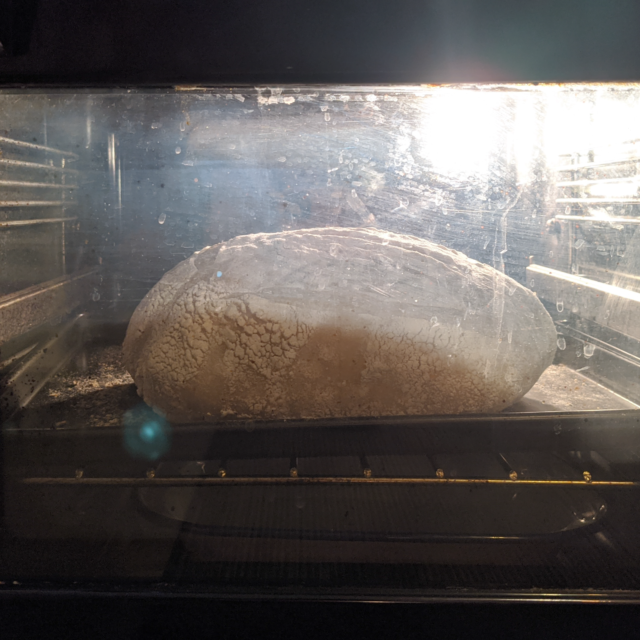
I love the bread when the crust is nice and brown. Let the bread rest for one hour at least.
Enjoy!

This recipe is a bit a long, but you can manage your timings as you like. These are my indications.
Daily bread
- 8:00 – Mix the ingredients, autolyses
- 8:30 – 1st fold
- 9:00 – 2nd fold
- 9:30 – 3rd fold
- 10:00 – 4th fold
- 10:30 – 5th fold
- 11:00 – 6th fold
- 11:30 – bench rest
- 12:00 – shaping
- 16:00 – bulk fermentation
- 16:40 – finish baking
You can also slow down the bulk fermentation in the fridge overnight
Night bread
- 16:00 – Mix the ingredients, autolyses
- 16:30 – 1st fold
- 17:00 – 2nd fold
- 17:30 – 3rd fold
- 18:00 – 4th fold
- 18:30 – 5th fold
- 19:00 – 6th fold
- 19:30 – bench rest
- 20:00 – shaping
- Overnight – bulk fermentation in the fridge
- Morning – let the dough warm up for 30’ and then bake


